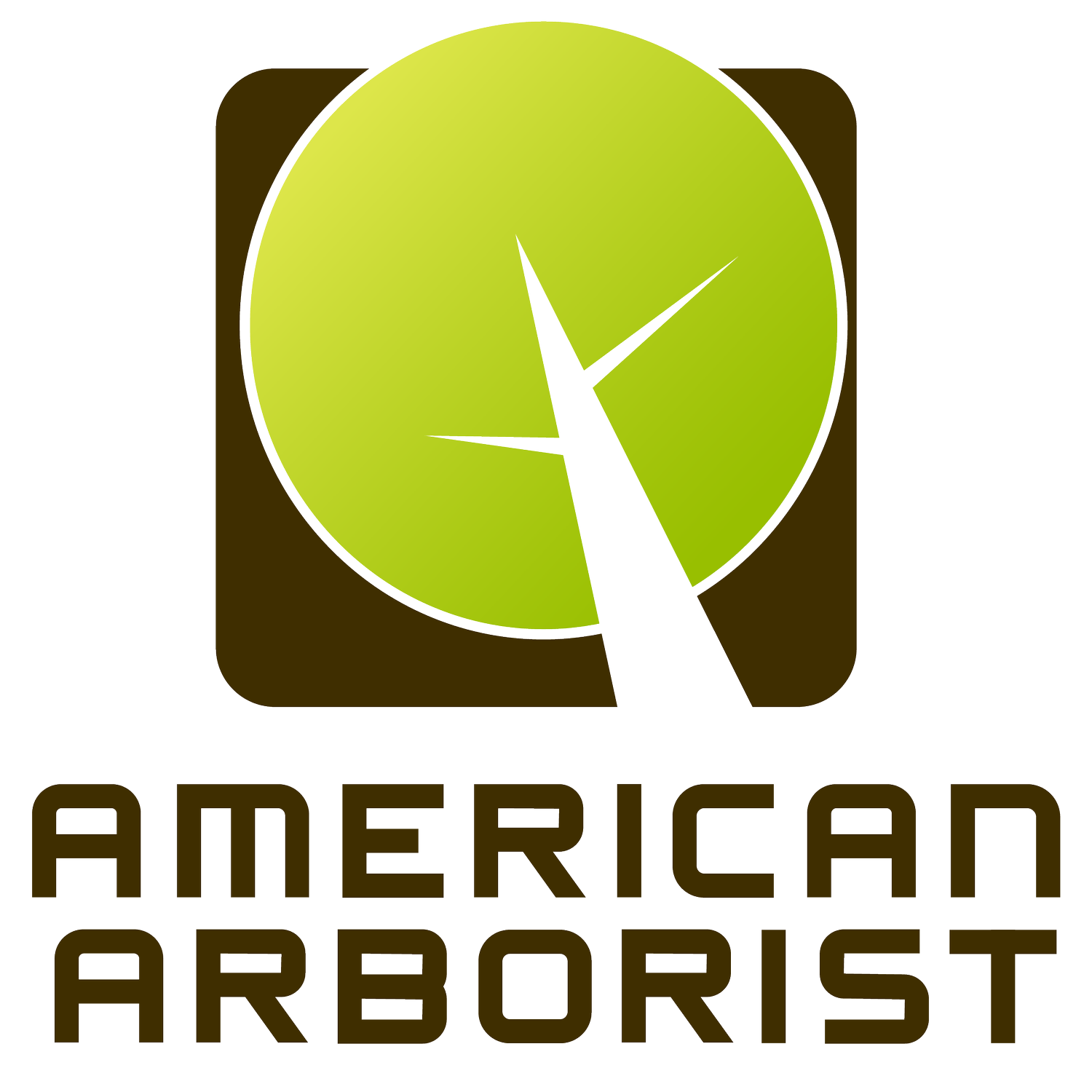FAQs
about tree services
-
We make every effort to ensure customers understand our estimates without adding another appointment to your to do list. Meeting us isn’t necessary unless the job is unusually large or complicated. We can likely provide a great estimate based on our prior communications and by assessing the trees ourselves.
-
No, we don’t require that you be at the property when we work, but you are welcome to be. We will do our best to work around your schedule to be as unobtrusive as possible. Occasionally, we may be in touch prior to starting the job to ensure there are no vehicles or other things in the way.
-
The trees planted in between the street and the sidewalk are technically city property. However, homeowners are responsible for keeping them trimmed. Trees must be trimmed to 8 feet over the sidewalk, 12 feet over most residential streets, and 14 feet over major streets. The city is responsible for removal of dead trees, but not stumps.
-
It’s a common myth that you need to paint or tar over fresh cuts or wounds on your trees, but it’s best to just leave them be. The trees have mechanisms to take care of themselves.
-
We work on trees year round, but there is some maintenance that is best done at certain times.
SPRING
Great time to trim most trees. They have not dedicated much energy into growing leaves yet and cuts are less likely to get infection.
Remove trees affected by pine wilt by April before the pine sawyer beetle eggs hatch and spread to healthy trees. There is no treatment to save infected trees. Prompt removal of diseased trees is absolutely essential to saving any nearby pines.
WINTER
Best time to trim American Elm and Burr Oak trees. Trimming these two species in the summer months makes them susceptible to diseases that can easily kill them.
Water your evergreens during mild weather. Plants like arborvitae, boxwood, hemlocks, rhododendrons and yews are susceptible to winter burn. Because they are evergreen they do not stop transpiring water in the winter, and that water loss needs to be replenished to keep them healthy.
-
Treatments or removal are the only options when it comes to ash trees. Annual treatments have had good results in protecting the trees from Emerald Ash Borer, but they can be costly. Alternatively, if you wait until the tree dies, the cost of removal will increase dramatically since ash trees with EAB are often unsafe to climb and large branches may break unexpectedly. It’s ultimately up to you as a property owner to treat or remove, but we can help you in that decision making process by taking a look at the condition of your tree and advising you of the costs of each option. We provide consultations for this and other common tree concerns at a fee.
-
American Arborist doesn’t do landscaping work, but we have lots of firsthand experience with which trees do and do not thrive in Nebraska. Here are a few of our recommendations for a landscape that will last. For a more extensive guide, visit the Nebraska Nebraska Forest Service’s website
FAVORITES:
Catalpa — This is my favorite tree species in Omaha because it grows tall quickly, its large leaves provide shade, it flowers, and it almost never has any problems.
Redbud — These are one of the first trees to flower in the spring, and they rarely cause trouble
Burr Oak — As a native species of Nebraska, these trees do well here and are a long-living hardwood tree.
PLANT WITH CAUTION:
Hackberry — Prone to breaking off large limbs. Plant away from structures or anywhere vehicles will be parked.
Linden — Invasive Japanese beetles seem to favor these trees and can defoliate them in the summer months.
River Birch — Not only do these trees get an iron deficiency called chlorosis, they are a favorite for Japanese beetles. Japanese beetles are a relatively recent epidemic to Nebraska and can kill branches or entire trees by defoliation. If you do have a river birch, treatments can be done but they are costly.
-
Absolutely! Give us a call and we’ll add you to our list. We deliver wood chips by the truckful (15-23 cubic yards) at our convenience. Please bear in mind that these are rough wood chips, not mulch, which requires further processing.


